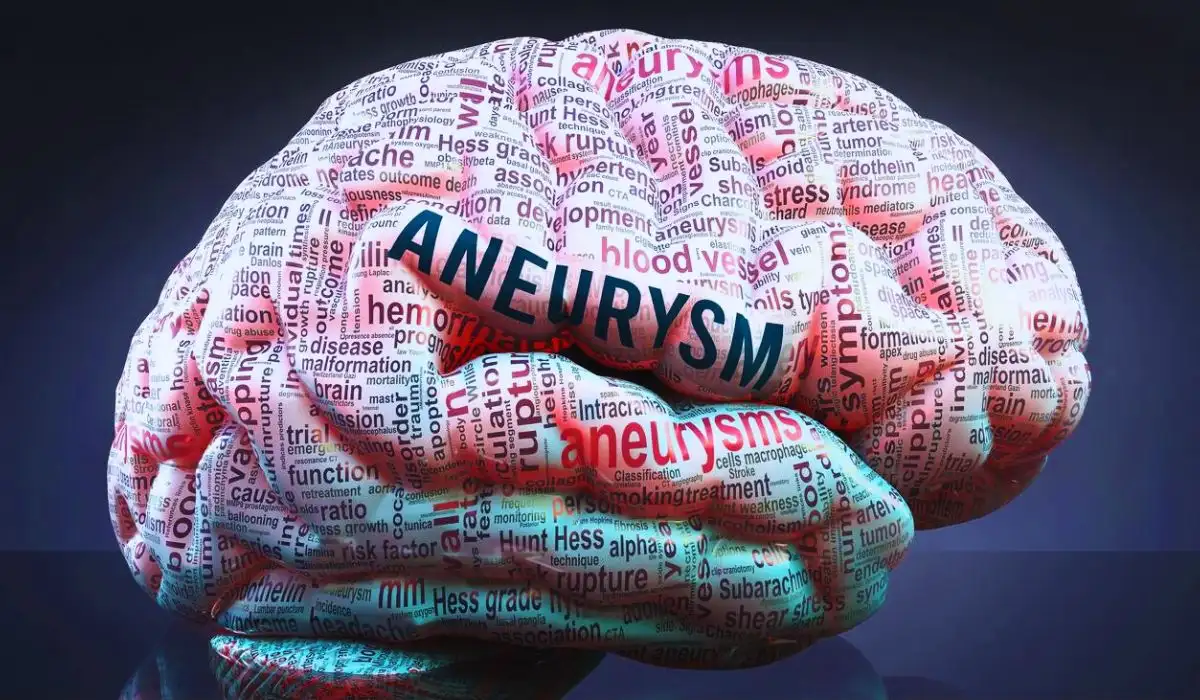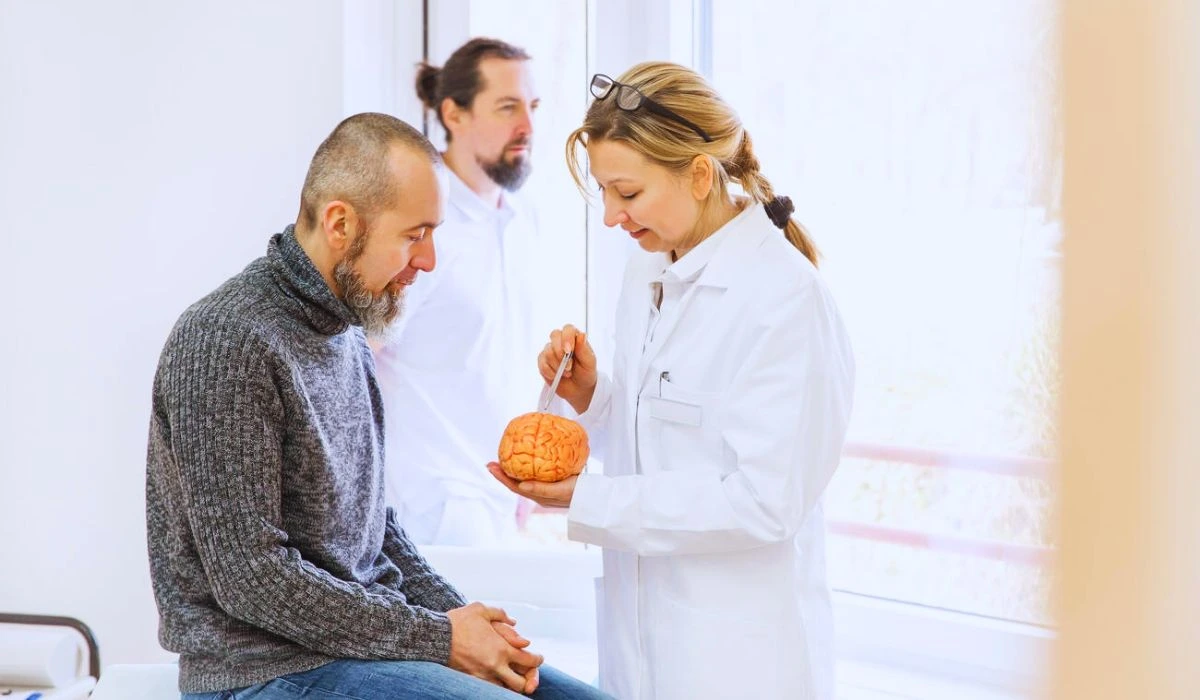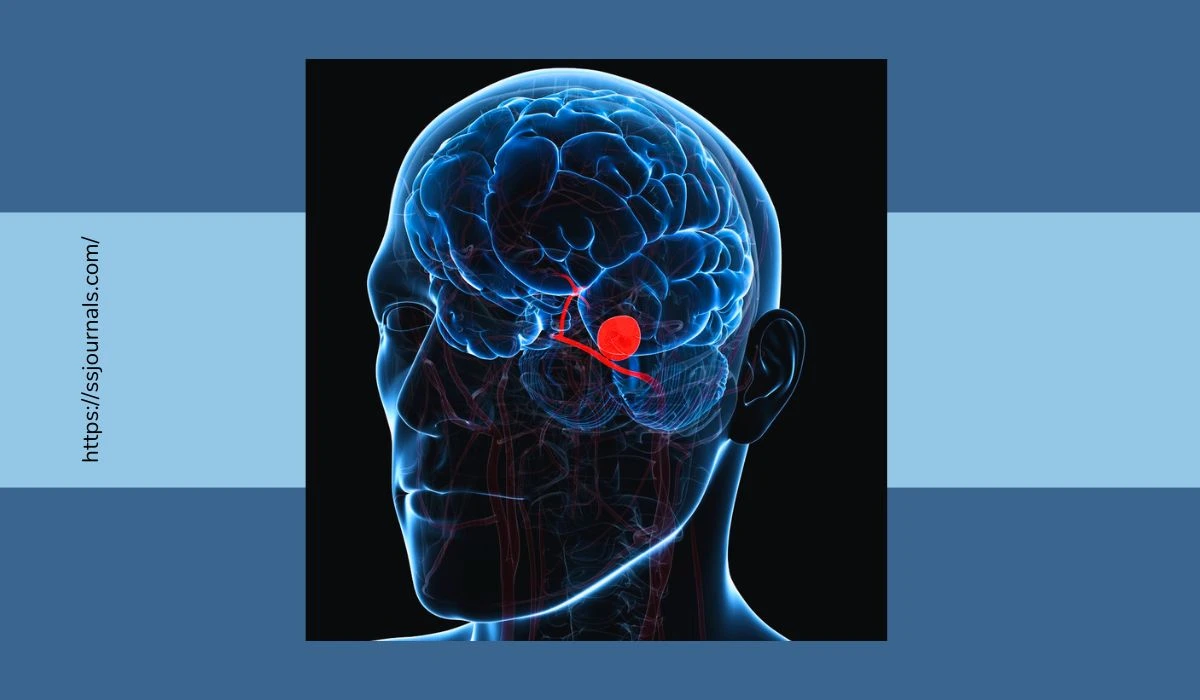Brain aneurysms can be life-threatening, but timely help and proper care can save lives. Here, we’ll explore ways to prevent and cure them.
A brain aneurysm is a dangerous condition caused by a weak blood vessel in the brain. The wall of the vessel bulges, forming a balloon-like sac that can burst and cause internal bleeding. It needs urgent medical care, as it can be fatal.
If a brain aneurysm ruptures, it causes a hemorrhagic stroke. Symptoms may include severe headaches, feeling sick, blurry vision, and passing out. You may not have any signs until it bursts, so it’s important to be aware of risk factors and get medical help quickly.
What Are The Causes Of The Brain Aneurysm?
A brain aneurysm can have various causes. High blood pressure, genetic conditions, and smoking can all lead to a weakened arterial wall. Heavy drinking and a family history of aneurysms are other risk factors.

Chronic stress, lack of exercise, and a diet with lots of saturated fats can also increase the risk. Polycystic kidney disease and certain connective tissue disorders are medical conditions that could raise the risk.
Signs And Symptoms Of Brain Aneurysm
Brain aneurysms can have varied signs and symptoms that can suggest their presence. It is essential to recognize these signs so you can get medical help quickly. Here are some symptoms to watch out for:
- Severe headache: This could be the worst headache you’ve ever had. It may come on suddenly or grow in intensity gradually.
- Vision issues: Blurry or double vision. You may even face partial or full loss of vision in one or both eyes.
- Neck stiffness: Could be accompanied by pain or discomfort. This might make it tough to move your neck.
- Loss of consciousness: You may faint if the aneurysm ruptures, causing bleeding in the brain.
Can You Survive A Brain Aneurysm?
To successfully navigate the challenges of a brain aneurysm, understanding your survival chances is crucial. In this section, learn about “Treatment Options” as the solution to conquering this condition. Explore various approaches that can be undertaken to prevent and cure brain aneurysms.
Treatment Options
Treatment for a brain aneurysm focuses on preventing rupture and managing symptoms. Surgical clipping, which involves placing a metal clip at the aneurysm’s neck, is one option. Another is endovascular coiling, which sees tiny platinum coils inserted. This reduces the risk of complications.
In certain cases, non-surgical treatment is available. For example, if the aneurysm is small and not causing issues, doctors may monitor it closely with imaging tests. Decisions are based on factors including size, location, and patient health. A neurosurgeon or interventional radiologist specializing in brain aneurysms should be consulted.
💠 Surgical Interventions
Medical developments in surgical interventions have completely changed brain aneurysm treatment. These techniques intend to save lives and boost results. For brain aneurysms, neurosurgeons use multiple approaches.
One approach is microsurgical clipping. This complex procedure includes a mini clip placed around the aneurysm’s neck to stop rupture. To do this, surgeons must delicately access the brain through a craniotomy, using powerful microscopes for accuracy. Microsurgical clipping offers a long-term answer and eliminates re-rupture risk.
💠 Endovascular Procedures
Endovascular procedures are a significant treatment selection for brain aneurysms. These involve small catheters and devices to repair the vessel from inside the body, making them less intrusive than traditional surgery. They also come with shorter recovery times.
One example is coiling. It involves inserting a catheter into a blood vessel in the groin and threading it up to the brain. Platinum coils are then delivered through the catheter and placed in the aneurysm to block blood flow.
Flow diversion is another. A stent-like device is placed across the neck of the aneurysm. This diverts blood away and prevents further growth or rupture.
Endovascular procedures don’t need to open the skull, meaning faster recovery and fewer complications. However, these may not be suitable for each patient. A medical professional must evaluate each case.
Preventing Brain Aneurysms
To prevent brain aneurysms and ensure your well-being, adopt a proactive approach. Focus on making healthy lifestyle choices, scheduling regular health check-ups, and understanding your genetics and family history. Taking these preventative measures can significantly reduce the risk of experiencing a brain aneurysm and its associated complications.

✅ Healthy Lifestyle Choices
Stopping brain aneurysms is easier with a healthy lifestyle. Here are some choices to think about:
- Eat lots of fruits, veggies, and whole grains.
- Get regular exercise to stay fit.
- Don’t smoke or drink too much.
- Keep your weight low to avoid high blood pressure.
- Relax with hobbies or techniques.
- Get enough sleep for your brain and body.
✅ Regular Health Check-ups
Regular health check-ups are essential for overall well-being. They help prevent health issues and let individuals take charge of their health. Check-ups detect diseases such as high blood pressure, diabetes, and brain aneurysms.
These check-ups provide a chance to assess current health and make needed lifestyle modifications. Healthcare providers offer advice on diet, exercise, and stress management. Plus, check-ups open communication between the individual and the healthcare provider. This builds trust and understanding of medical conditions.
✅ Understanding Genetics And Family History
Genetics has a big influence on brain aneurysm development. Knowing your family’s medical history can show if you have a higher risk of it. Specific genetic factors make one more susceptible to aneurysm formation.
If someone in your family has had a brain aneurysm, they could pass on genes that could increase the risk of you getting one too. That’s why it is important to find out more about your family’s medical past, especially when it comes to aneurysms.
Curing Brain Aneurysms
To cure brain aneurysms, explore the sub-sections on medications, rehabilitation, and support. Discover the potential solutions for treating this condition effectively. Find out how medications, along with rehabilitation and support, can help in overcoming brain aneurysms and regaining health and well-being.
🔶 Medications
Medications can be a big help for brain aneurysm treatment. They work in many ways to improve outcomes.
Calcium channel blockers help relax blood vessels, decreasing pressure on the aneurysm wall.
Beta-blockers lower heart rate and blood pressure, and anti-seizure meds prevent seizures that can occur after rupture. They control brain electrical activity and reduce damage.
Statins manage cholesterol levels. This lowers the risk of clots and complications.
🔶 Rehabilitation And Support
Emotional and Mental Support: Anxiety, depression, or fear may be experienced during rehab. It is important to have a support system with mental health professionals to provide guidance and therapy.
Physical Therapy: Brain aneurysms can cause physical impairment that requires physical therapy. Specialists design personalized exercise programs focusing on strength, balance, coordination, and mobility to improve overall function.
Occupational Therapy: Occupational therapists help patients regain daily living skills affected by the aneurysm. They work on improving cognitive abilities, memory, attention span, and problem-solving skills. They also help individuals adapt to any residual limitations.

